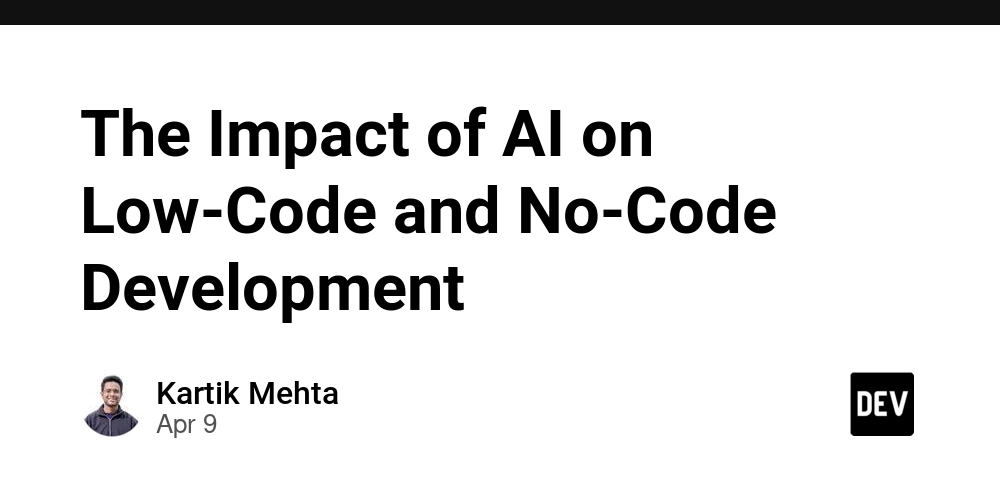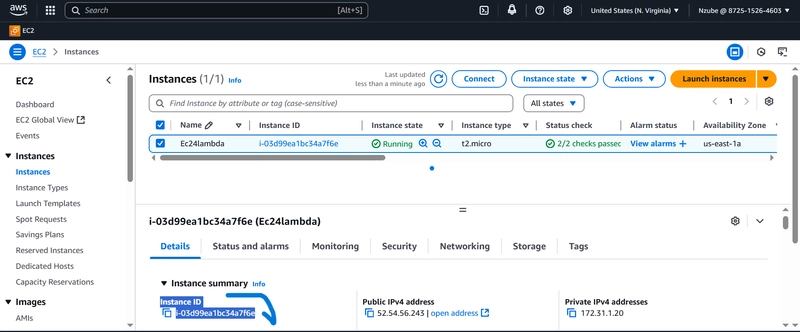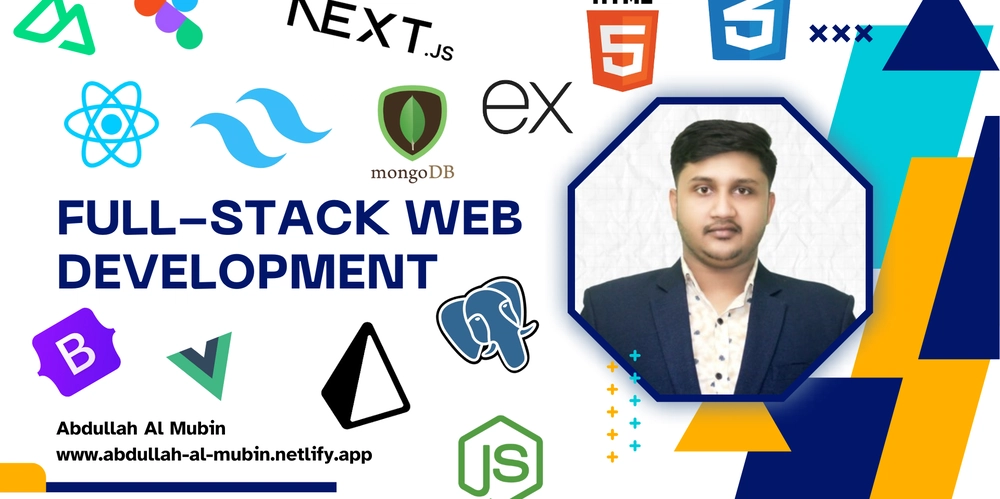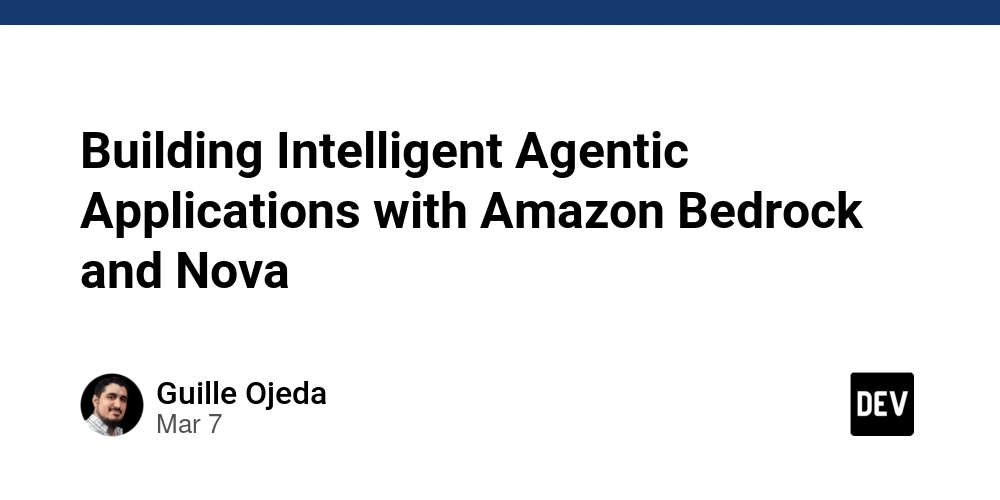The process of creating an effective Application Security Program: Strategies, Practices and tools for the best results
Navigating the complexities of contemporary software development necessitates a comprehensive, multifaceted approach to application security (AppSec) that goes far beyond the simple scanning of vulnerabilities and remediation. The constantly changing threat landscape, and the rapid pace of development and the growing intricacy of software architectures, requires a holistic and proactive approach that seamlessly incorporates security into every phase of the development process. This comprehensive guide explains the key components, best practices, and the latest technologies that make up the highly efficient AppSec program that empowers organizations to protect their software assets, minimize the risk of cyberattacks, and build a culture of security first development. A successful AppSec program relies on a fundamental change in mindset. Security must be considered as a key element of the development process, not as an added-on feature. This paradigm shift necessitates the close cooperation between security teams as well as developers and operations personnel, breaking down silos and encouraging a common feeling of accountability for the security of the apps they design, develop, and manage. DevSecOps lets companies integrate security into their process of development. It ensures that security is considered at all stages beginning with ideation, development, and deployment through to regular maintenance. This approach to collaboration is based on the creation of security guidelines and standards, which offer a framework for secure code, threat modeling, and management of vulnerabilities. These policies should be based on industry best practices, including the OWASP Top Ten, NIST guidelines, as well as the CWE (Common Weakness Enumeration) in addition to taking into account the particular demands and risk profiles of the organization's specific applications as well as the context of business. These policies should be codified and made accessible to all interested parties and organizations will be able to have a uniform, standardized security process across their whole range of applications. It is essential to fund security training and education courses that aid in the implementation and operation of these policies. These initiatives should seek to provide developers with the knowledge and skills necessary to create secure code, detect the potential weaknesses, and follow security best practices throughout the development process. Training should cover a wide spectrum of topics that range from secure coding practices and the most common attack vectors, to threat modelling and design for secure architecture principles. By fostering a culture of continuing education and providing developers with the tools and resources they require to incorporate security into their work, organizations can build a solid base for an efficient AppSec program. Security testing is a must for organizations. and verification methods in addition to training to spot and fix vulnerabilities before they can be exploited. This requires a multi-layered method that combines static and dynamic analysis techniques along with manual code reviews as well as penetration testing. Static Application Security Testing (SAST) tools can be used to study the source code to identify vulnerability areas that could be vulnerable, including SQL injection, cross-site scripting (XSS) as well as buffer overflows in the early stages of the process of development. Dynamic Application Security Testing (DAST) tools are, however are able to simulate attacks on running applications, identifying vulnerabilities that are not detectable through static analysis alone. While these automated testing tools are vital to detect potential vulnerabilities on a scale, they are not a silver bullet. Manual penetration testing conducted by security experts is equally important in identifying business logic-related flaws that automated tools may overlook. Combining automated testing and manual verification, companies can achieve a more comprehensive view of their overall security position and make a decision on the best remediation strategy based upon the potential severity and impact of identified vulnerabilities. In order to further increase the effectiveness of an AppSec program, organizations must look into leveraging advanced technologies like artificial intelligence (AI) and machine learning (ML) to augment their security testing capabilities and vulnerability management. AI-powered tools can analyze vast quantities of application and code data, and identify patterns and irregularities that could indicate security concerns. These tools also help improve their detection and preventance of new threats through learning from the previous vulnerabilities and attacks patterns. Code property graphs are an exciting AI application for AppSec. They can be used to find and address vulnerabilities more effectively and efficiently. CPGs provide a comprehensive representation

Navigating the complexities of contemporary software development necessitates a comprehensive, multifaceted approach to application security (AppSec) that goes far beyond the simple scanning of vulnerabilities and remediation. The constantly changing threat landscape, and the rapid pace of development and the growing intricacy of software architectures, requires a holistic and proactive approach that seamlessly incorporates security into every phase of the development process. This comprehensive guide explains the key components, best practices, and the latest technologies that make up the highly efficient AppSec program that empowers organizations to protect their software assets, minimize the risk of cyberattacks, and build a culture of security first development.
A successful AppSec program relies on a fundamental change in mindset. Security must be considered as a key element of the development process, not as an added-on feature. This paradigm shift necessitates the close cooperation between security teams as well as developers and operations personnel, breaking down silos and encouraging a common feeling of accountability for the security of the apps they design, develop, and manage. DevSecOps lets companies integrate security into their process of development. It ensures that security is considered at all stages beginning with ideation, development, and deployment through to regular maintenance.
This approach to collaboration is based on the creation of security guidelines and standards, which offer a framework for secure code, threat modeling, and management of vulnerabilities. These policies should be based on industry best practices, including the OWASP Top Ten, NIST guidelines, as well as the CWE (Common Weakness Enumeration) in addition to taking into account the particular demands and risk profiles of the organization's specific applications as well as the context of business. These policies should be codified and made accessible to all interested parties and organizations will be able to have a uniform, standardized security process across their whole range of applications.
It is essential to fund security training and education courses that aid in the implementation and operation of these policies. These initiatives should seek to provide developers with the knowledge and skills necessary to create secure code, detect the potential weaknesses, and follow security best practices throughout the development process. Training should cover a wide spectrum of topics that range from secure coding practices and the most common attack vectors, to threat modelling and design for secure architecture principles. By fostering a culture of continuing education and providing developers with the tools and resources they require to incorporate security into their work, organizations can build a solid base for an efficient AppSec program.
Security testing is a must for organizations. and verification methods in addition to training to spot and fix vulnerabilities before they can be exploited. This requires a multi-layered method that combines static and dynamic analysis techniques along with manual code reviews as well as penetration testing. Static Application Security Testing (SAST) tools can be used to study the source code to identify vulnerability areas that could be vulnerable, including SQL injection, cross-site scripting (XSS) as well as buffer overflows in the early stages of the process of development. Dynamic Application Security Testing (DAST) tools are, however are able to simulate attacks on running applications, identifying vulnerabilities that are not detectable through static analysis alone.
While these automated testing tools are vital to detect potential vulnerabilities on a scale, they are not a silver bullet. Manual penetration testing conducted by security experts is equally important in identifying business logic-related flaws that automated tools may overlook. Combining automated testing and manual verification, companies can achieve a more comprehensive view of their overall security position and make a decision on the best remediation strategy based upon the potential severity and impact of identified vulnerabilities.
In order to further increase the effectiveness of an AppSec program, organizations must look into leveraging advanced technologies like artificial intelligence (AI) and machine learning (ML) to augment their security testing capabilities and vulnerability management. AI-powered tools can analyze vast quantities of application and code data, and identify patterns and irregularities that could indicate security concerns. These tools also help improve their detection and preventance of new threats through learning from the previous vulnerabilities and attacks patterns.
Code property graphs are an exciting AI application for AppSec. They can be used to find and address vulnerabilities more effectively and efficiently. CPGs provide a comprehensive representation of an application's codebase that not only captures the syntactic structure of the application but also complex dependencies and connections between components. agentic ai in application security AI-driven tools that leverage CPGs can perform a context-aware, deep analysis of the security of an application. They will identify security vulnerabilities that may be missed by traditional static analyses.
Furthermore, CPGs can enable automated vulnerability remediation through the use of AI-powered repair and code transformation. In order to understand the semantics of the code, as well as the characteristics of the weaknesses, AI algorithms can generate targeted, context-specific fixes that tackle the root of the problem instead of only treating the symptoms. This method not only speeds up the remediation process but minimizes the chance of introducing new vulnerabilities or breaking existing functionality.
Another key aspect of an efficient AppSec program is the integration of security testing and verification into the continuous integration and continuous deployment (CI/CD) process. ai in appsec Automating security checks, and including them in the build-and-deployment process allows companies to identify weaknesses early and stop them from reaching production environments. This shift-left approach to security enables quicker feedback loops and reduces the time and effort required to detect and correct issues.
To reach the required level, they need to invest in the right tools and infrastructure that will enable their AppSec programs. It is not just the tools that should be used to conduct security tests as well as the platforms and frameworks which allow integration and automation. Containerization technologies such as Docker and Kubernetes are able to play an important function in this regard, offering a consistent and reproducible environment for running security tests while also separating potentially vulnerable components.
In addition to the technical tools, effective collaboration and communication platforms are crucial to fostering a culture of security and enable teams from different functions to effectively collaborate. Jira and GitLab are both issue tracking systems that can help teams manage and prioritize vulnerabilities. Tools for messaging and chat like Slack and Microsoft Teams facilitate real-time knowledge sharing and communication between security experts.
The ultimate achievement of the success of an AppSec program is not just on the tools and techniques employed, but also the people and processes that support them. Building a strong, security-focused culture requires leadership buy-in in clear communication, as well as a commitment to continuous improvement. Companies can create an environment in which security is more than a tool to mark, but an integral part of development by fostering a sense of accountability by encouraging dialogue and collaboration, providing resources and support and promoting a belief that security is an obligation shared by all.
To ensure long-term viability of their AppSec program, companies must also focus on establishing meaningful metrics and key performance indicators (KPIs) to measure their progress and identify areas for improvement. The metrics must cover the entire lifecycle of an application starting from the number and type of vulnerabilities found during development, to the time needed to fix issues to the overall security position. By regularly monitoring and reporting on these metrics, organizations can justify the value of their AppSec investments, identify trends and patterns and take data-driven decisions regarding where to concentrate their efforts.
Furthermore, companies must participate in continuous educational and training initiatives to stay on top of the rapidly evolving security landscape and new best practices. This could include attending industry conferences, participating in online courses for training and working with outside security experts and researchers to stay on top of the latest trends and techniques. By establishing a culture of continuous learning, companies can make sure that their AppSec program remains adaptable and resilient in the face of new threats and challenges.
It is important to realize that app security is a continual process that requires a sustained investment and commitment. Companies must continually review their AppSec plan to ensure it remains relevant and affixed to their business objectives as new technologies and development practices are developed. By embracing a mindset that is constantly improving, fostering collaboration and communication, and leveraging the power of new technologies such as AI and CPGs, companies can develop a robust and adaptable AppSec program that does not just protect their software assets, but enables them to innovate with confidence in an increasingly complex and ad-hoc digital environment.
agentic ai in application security







































































































































































![[The AI Show Episode 143]: ChatGPT Revenue Surge, New AGI Timelines, Amazon’s AI Agent, Claude for Education, Model Context Protocol & LLMs Pass the Turing Test](https://www.marketingaiinstitute.com/hubfs/ep%20143%20cover.png)

































































































































![From drop-out to software architect with Jason Lengstorf [Podcast #167]](https://cdn.hashnode.com/res/hashnode/image/upload/v1743796461357/f3d19cd7-e6f5-4d7c-8bfc-eb974bc8da68.png?#)








































































































.jpg?#)
































_ArtemisDiana_Alamy.jpg?#)


 (1).webp?#)





































































-xl.jpg)













![Yes, the Gemini icon is now bigger and brighter on Android [U]](https://i0.wp.com/9to5google.com/wp-content/uploads/sites/4/2025/02/Gemini-on-Galaxy-S25.jpg?resize=1200%2C628&quality=82&strip=all&ssl=1)










![Apple Rushes Five Planes of iPhones to US Ahead of New Tariffs [Report]](https://www.iclarified.com/images/news/96967/96967/96967-640.jpg)
![Apple Vision Pro 2 Allegedly in Production Ahead of 2025 Launch [Rumor]](https://www.iclarified.com/images/news/96965/96965/96965-640.jpg)




































































































































